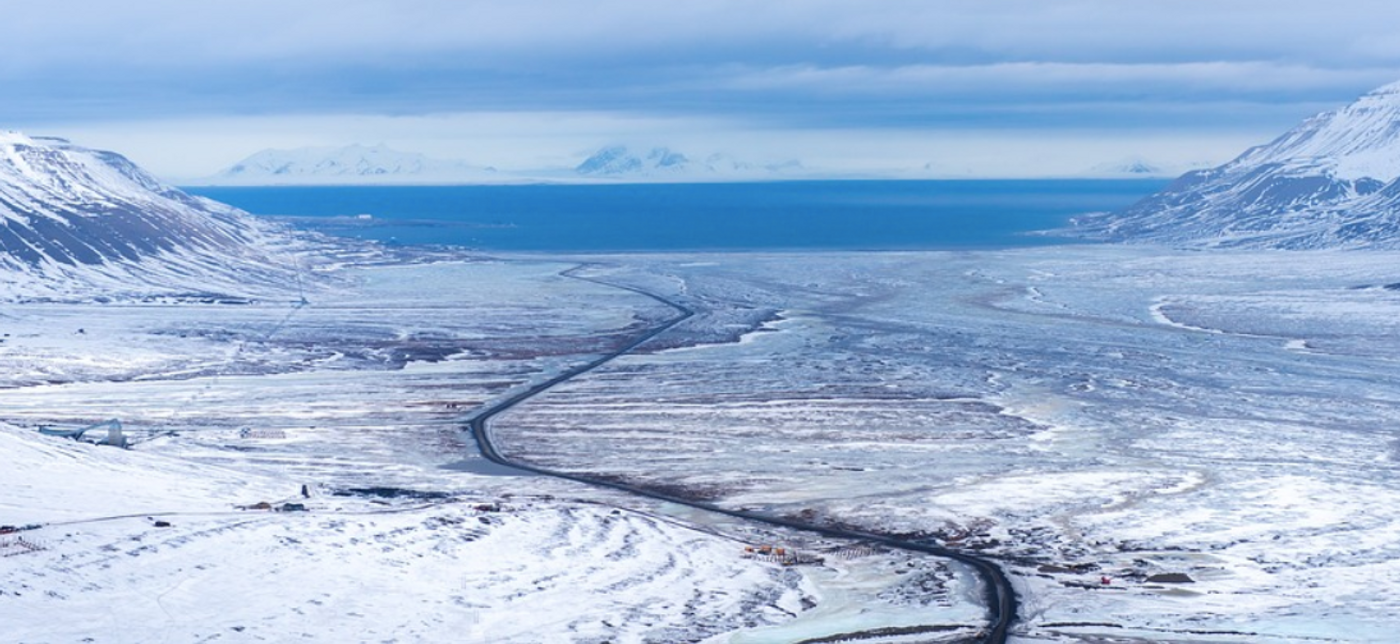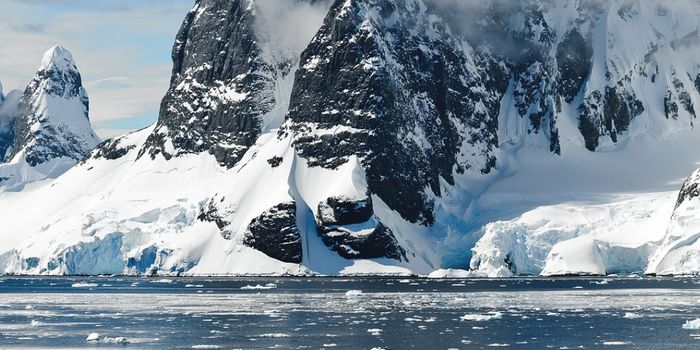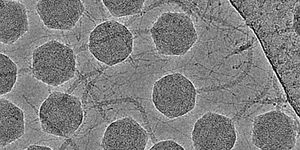Natural Gas is on the Move Under Permafrost
Deep under the surface of an Arctic landscape known as Svalbard, there is a massive amount of methane, a very potent greenhouse gas. New research reported in Frontiers in Earth Science has shown that this methane can move around underneath the permafrost that is trapping it, and it can escape. If there is a sudden, large release of methane from these repositories, the levels of methane in the atmosphere could spike, which would feed into a cycle in which more warming kept causing the release of more methane, causing more warming, and so on.
The study authors noted that the geological history of Svalbard is similar to other Arctic regions, so there may be many other methane deposits that could behave in the same way all over the Arctic.
As a greenhouse gas, methane is more short-lived than carbon dioxide but it can cause eight times as much warming. Atmospheric concentrations of methane have more than doubled in the past two centuries, according to NASA.
"At present, the leakage from below permafrost is very low, but factors such as glacial retreat and permafrost thawing may lift the lid on this in the future," said lead study author Dr. Thomas Birchall of the University Center in Svalbard.
Permafrost is defined as ground that stays frozen at temperatures under zero degrees Celsius for at least two years. But the permafrost in Svalbard is not all the same. Some of it is thinner, patchier, and saturated with ice because of ocean currents. Near the highlands, the permafrost is more porous and drier. Geographical features may cause methane to escape even in places where the permafrost is solid and continuous, however.
In this study, the researchers used data from wellbores, most of which have been created by companies that are in search of valuable fossil fuel deposits. The data can be used to map permafrost and the gases they release.
The researchers found repeated indications of gases, including methane, accumulating at the base of permafrost. They were surprised by how common this buildup was. Out of eighteen drilling sites around Svalbard, half had revealed accumulated gases, and eight had evidence of permafrost. In some cases, such as near areas that were known hydrocarbon sources, they expected to find gases and did not, which could indicate that they have already been released.
There is clear evidence that permafrost around the world is starting to thaw in a warming climate. But we still have a lot to learn about it, particularly deeper portions that are very hard to access. Permafrost is affected by fluid flow beneath it, something else scientists are still investigating. If the top layers of permafrost grow patchy and thin, more methane could easily escape.
Microbes could be another factor in this process. Some research has suggested that methane releases from thawing permafrost could be significantly mitigated by microbes that consume methane. On the other hand, there are microorganisms in the Arctic that also release methane themselves. Researchers will certainly be watching this complex system, and trying to decipher how it will impact, and be impacted by global warming in the coming years.
Sources: Frontiers, Frontiers in Earth Science









